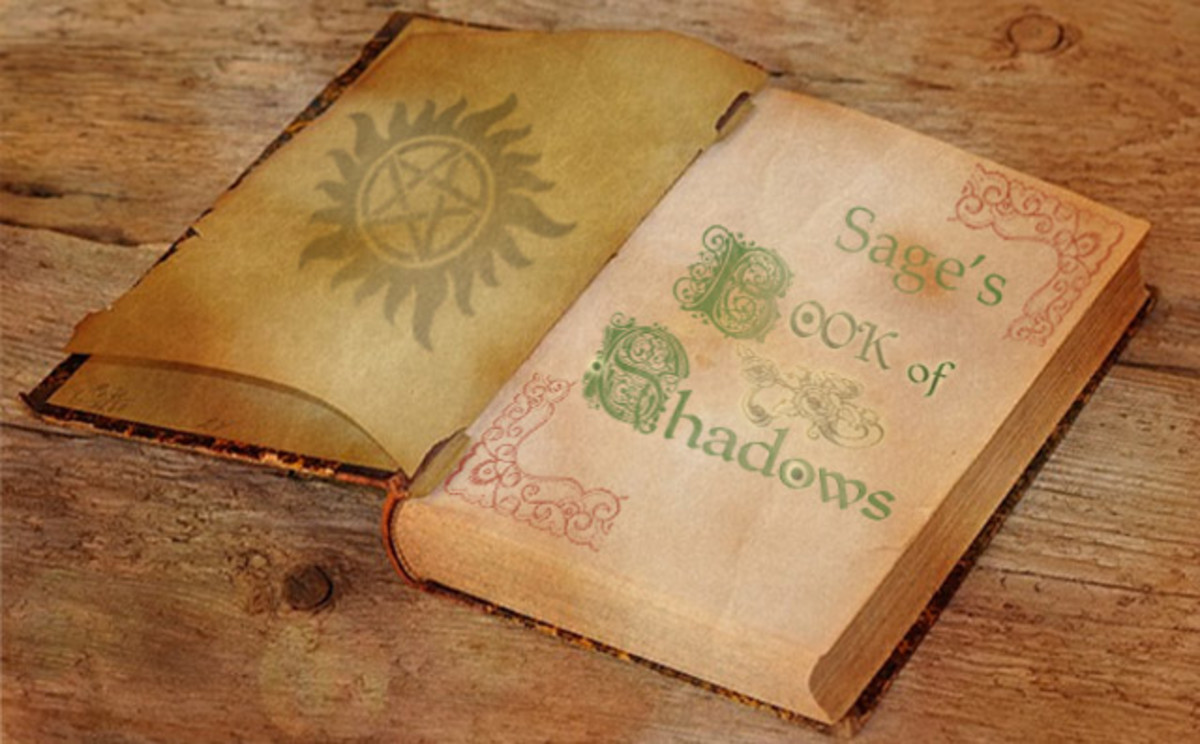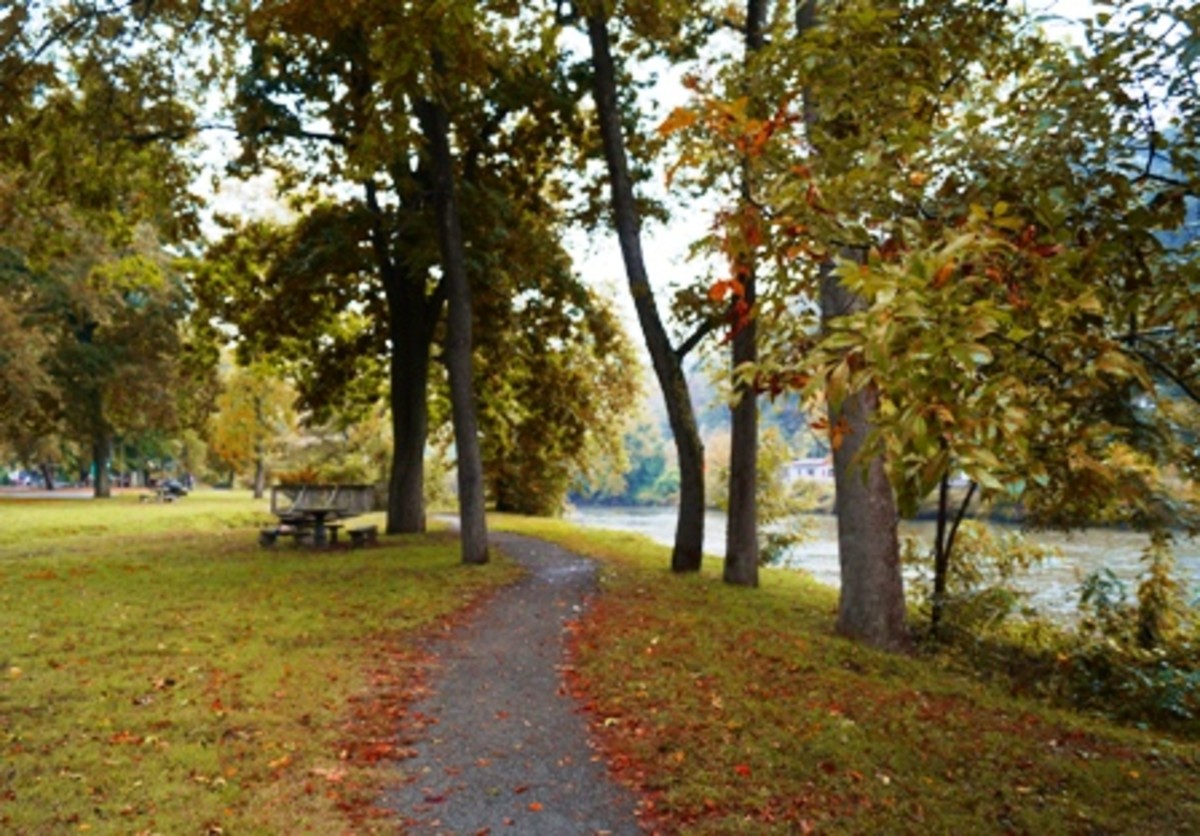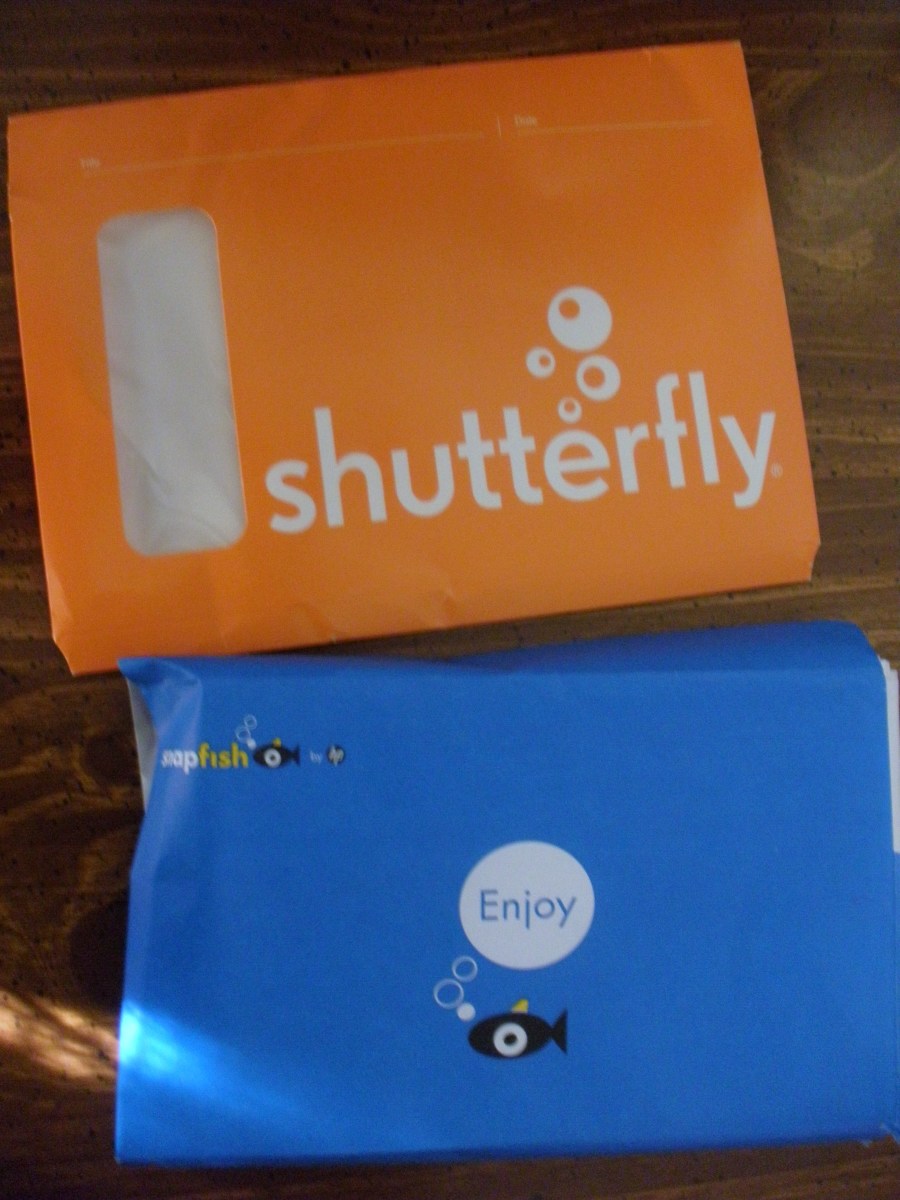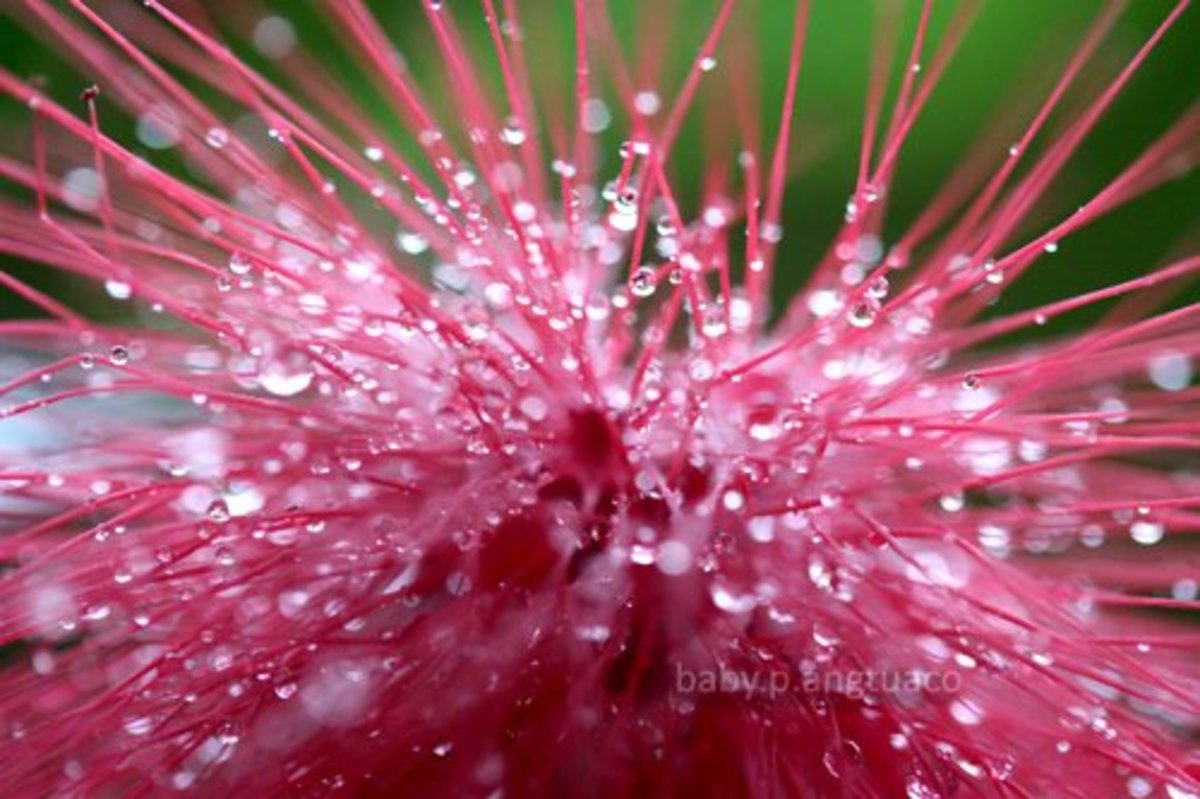What is a RAW Image and Why You Need to Know.
Confused About Raw vs JPEG?
Do you know the difference between JPEG and RAW? Are you only using the fully automatic mode on your digital camera? Then you’re shooting jpeg images. You’ve probably seen the P, TV, AV, M, B, and C and have no idea how to use them or you have tried to use some had less than great results. You are not alone. Everyone new to digital photography and especially digital single lens reflex photography and some higher end point and shoots has the same questions about raw
The Difference is MEGA Pixels!
Briefly the difference between a RAW and JPEG is simply RAW is the full image and JPEG is a smaller compressed image lacking some data. Jpeg is okay for family snapshots but if you want to get serious about photography as a hobby you need to know what RAW is. You may have tried to view a RAW picture file and found that you cannot view it by conventional means. You have seen JPEG images before and you understand it because you can see the photographs in Windows Explorer. There is no special software involved, no special processing and it’s easy to see your photographs. Windows does not provide the software called a codec to view the RAW file. Once you purchase a codec on line for about $15. 00, you can view raw files just like a JPEG file. But before purchasing see if there are any updates on the windows sites as they may start including it. Raw files are several mega-pixels(12-30 mega-pixels) where most JPEG’s are about one or two mega-pixels all dependent on the camera. JPEG is a compression program which takes out several pixels (the small dots that make up the picture) and when it displays your photograph the program estimates the color and contrast of the missing pixels. By its nature JPEG photographs will never be as good as the quality of the RAW image. Therefore it makes sense to shoot in raw. So if a mega-pixel is roughly 1 million pixels do you want a 2 million pixel file or a 20 million pixel file. Obviously the 20 million pixel file gives you more latitude to adjust your photo.
Editing in RAW
If you own a program like GIMP, Photoshop or Photoshop elements and you want to edit your photograph you are limited when changing JPEG images. RAW on the other hand has so much data can be widely changed. You can change exposure more than 3 stops in either direction. There are adjustments to reduce a shadow or tone down a highlight. Adjustments for sharpness, vibrancy and saturation are 2-3 times as good in RAW adjustments over those in a jpeg image. Image may not have any adjustments work near as well in JPEGs. My Canon camera produces raw images with the extension called CR2. When I open CR2 images in Photoshop the program called Camera RAW opens the image file and there are is a wide range of adjustments. This goes well beyond the capabilities of manipulating JPEG files.
If you’re using Lightroom you will have even more capability in the develop module. Adobe Lightroom however is more expensive than Photoshop elements and serves a somewhat different purpose. Photoshop Elements is the average person’s software of choice when it comes to fixing and manipulating images. So if you want to get the maximum out of every shot you take try using RAW. You can find a raw codec by simply looking on Google. Photoshop elements is often sold for around $100 but it may come packaged with a scanner or other piece of computer hardware so check that out before you lay down your hard-earned money. You may be able to get a two-for-one deal! When I purchased Photoshop elements for the first time I purchased it through Costco and it came with a $45 value training CD that taught me the basics of Photoshop.
Write for Hub Pages!
Have you ever considered writing in your spare time? Hub Pages offers the average person the ability to start earning a real residual passive income. There is never a charge to you and signup is easy. As the number of articles you write grows so does your income. Sign up for Hub Pages here then explore the learning centre and learn more about this fabulous community of writers.
The Conclusion is ...
Once you start shooting RAW you will use it more often than JPEG. JPEG still has its place, typically when shooting family snapshots. If you love landscape photography as I do you will almost certainly shoot in RAW 100% of the time. So try it out don’t be intimidated because of new software or files and you’ll get energized by the results that you can get.






